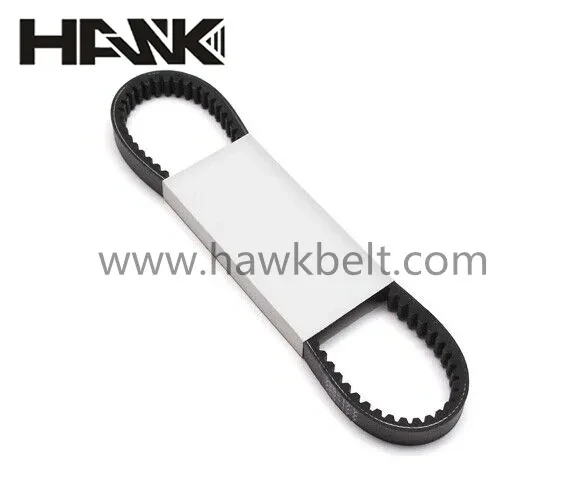- Arabic
- French
- Russian
- Spanish
- Portuguese
- Turkish
- Armenian
- English
- Albanian
- Amharic
- Azerbaijani
- Basque
- Belarusian
- Bengali
- Bosnian
- Bulgarian
- Catalan
- Cebuano
- Corsican
- Croatian
- Czech
- Danish
- Dutch
- Afrikaans
- Esperanto
- Estonian
- Finnish
- Frisian
- Galician
- Georgian
- German
- Greek
- Gujarati
- Haitian Creole
- hausa
- hawaiian
- Hebrew
- Hindi
- Miao
- Hungarian
- Icelandic
- igbo
- Indonesian
- irish
- Italian
- Japanese
- Javanese
- Kannada
- kazakh
- Khmer
- Rwandese
- Korean
- Kurdish
- Kyrgyz
- Lao
- Latin
- Latvian
- Lithuanian
- Luxembourgish
- Macedonian
- Malgashi
- Malay
- Malayalam
- Maltese
- Maori
- Marathi
- Mongolian
- Myanmar
- Nepali
- Norwegian
- Norwegian
- Occitan
- Pashto
- Persian
- Polish
- Punjabi
- Romanian
- Samoan
- Scottish Gaelic
- Serbian
- Sesotho
- Shona
- Sindhi
- Sinhala
- Slovak
- Slovenian
- Somali
- Sundanese
- Swahili
- Swedish
- Tagalog
- Tajik
- Tamil
- Tatar
- Telugu
- Thai
- Turkmen
- Ukrainian
- Urdu
- Uighur
- Uzbek
- Vietnamese
- Welsh
- Bantu
- Yiddish
- Yoruba
- Zulu
Dec . 19, 2024 02:52 Back to list
Exploring Timing Belts in 3D Printers for Enhanced Precision and Performance
Understanding the Importance of Timing Belts in 3D Printers
3D printing technology has revolutionized the way we manufacture and create objects across various industries. From prototyping to final production, its versatility and efficiency have made it an indispensable tool for designers, engineers, and hobbyists alike. However, the effectiveness of a 3D printer often hinges on its components. One crucial yet sometimes overlooked component is the timing belt, which plays an integral role in ensuring precision and accuracy in the printing process.
What is a Timing Belt?
A timing belt is a type of synchronous belt used to transfer motion and torque between two rotating shafts while maintaining precise timing between them. Unlike traditional belts, timing belts have teeth that fit into corresponding grooves on pulleys, preventing slippage and allowing for more accurate movement. In the context of 3D printers, timing belts are typically utilized in Cartesian and CoreXY designs to control the movement of the print head and the print bed.
Importance of Timing Belts in 3D Printing
1. Precision and Accuracy The primary function of timing belts is to ensure precise movement. For a 3D printer, even minor inaccuracies can result in print defects. A well-maintained timing belt ensures that the print head moves exactly as programmed, translating the digital model into a tangible part with high fidelity.
2. Speed and Efficiency Timing belts enable printers to operate at higher speeds without sacrificing accuracy. Their design reduces the risk of slip, allowing for fast acceleration and deceleration of the print head. This efficiency is particularly important for production runs where time is a critical factor.
3. Durability and Maintenance Quality timing belts are made from reinforced materials that can withstand regular use without significant wear and tear. Understanding the lifespan and maintenance needs of the timing belt can prevent unexpected breakdowns. Regular inspections, along with timely replacements, can ensure optimal performance and prolong the overall life of the 3D printer.
Common Issues with Timing Belts
While timing belts are essential for the functioning of 3D printers, they can encounter several issues that may hinder performance
3d printer timing belt

1. Wear and Tear Over time, even the best timing belts can wear out. Signs include fraying, cracking, or stretched belts, which can lead to poor print quality. Regular check-ups and replacements are key to maintaining printing integrity.
2. Misalignment Incorrect installation or wear can lead to misalignment of the timing belt, resulting in uneven movement. It is crucial to ensure that the belt runs straight and that the pulleys are properly aligned to avoid issues.
3. Tension Problems The tension of the timing belt must be just right. If it's too loose, it may slip, causing inaccurate movements; if it's too tight, it could lead to excessive strain on the motor and other components. Regular adjustments and checks can help maintain the correct tension.
Choosing the Right Timing Belt
When upgrading or replacing timing belts, it is vital to choose belts that are compatible with your 3D printer model. Considerations include
1. Width and Length Ensure that the dimensions match the specifications required for your printer to avoid installation issues.
2. Material Look for high-quality belts made from materials that offer durability and resistance to wear. Common materials include polyurethane reinforced with fiberglass or Kevlar fibers.
3. Teeth Count Different printers might require belts with varied teeth counts. Choosing the correct type ensures that there is no mismatch with the pulleys.
Conclusion
Timing belts are a fundamental component of 3D printers, directly impacting the quality and efficiency of prints. By understanding their role and maintaining them properly, users can take proactive steps to enhance their 3D printing experience. Whether you're a hobbyist or working in a professional environment, investing time in the upkeep of your timing belts will pay off in precision and reliability, ultimately elevating the quality of your output. As 3D printing technology continues to advance, the importance of these small yet significant components cannot be overstated.
-
Upgrade Power Steering Pump Belt for Smooth, Quiet Operation
NewsAug.27,2025
-
Precision Timing Belt & Chain: Engine Performance & Durability
NewsAug.26,2025
-
Precision Lathe Drive Belts: Durable & Reliable Performance
NewsAug.25,2025
-
84.5 Serpentine Belt: Durable & Precision Fit for Your Engine
NewsAug.24,2025
-
Premium Ribbed Drive Belts for Quiet Power Transmission
NewsAug.23,2025
-
High-Performance Vehicle Timing Belt for Engine Precision
NewsAug.22,2025

